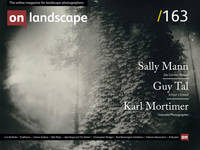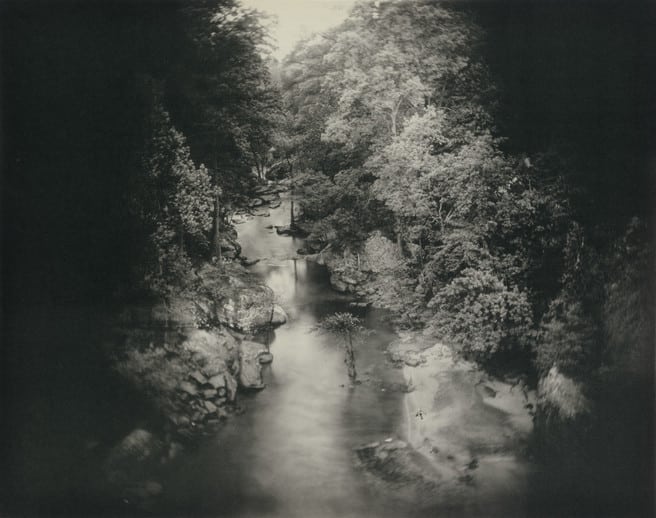Hold Still
If it is true that we admire the quality in others of which we are most in need then embarrassingly for me, that virtue is courage. Perhaps by writing about Sally Mann I hope to acquire some, through osmosis perhaps, or maybe because her controversial reputation means that any appreciation of her work moves the writer into the firing line.
I have now read her memoir, Hold Still, twice and am pretty sure I could re-read it several more times, never be bored and continue finding new depths and insights. Courage is a such a characteristic of her art that I hope I have learned more about it, both creatively and personally. How many books can move the reader to laughter, tears, shock, physical pain, surprise, delight, frustration, wistful reflection and wonder?
Even if we are visual artists mainly, the pages of Onlandscape have proved for years that photographers can write as well as anyone. (Perhaps that’s just as well in an era when “Everyone’s a photographer, Darling”.) In the foreword of Hold Still Sally Mann claims to be no intellectual, yet this is the work of a brilliantly talented writer. Her story-telling instinct and luminous use of language is equal to the task of weaving key passages in her own life with those of her ancestors and contemporary family. In her case, fact really is stranger than fiction.
Sally Mann’s fame, and notoriety exists in part because of a body of work from 1991, called Immediate Family. For this long-term project, in which her children are the unifying theme, she used black and white film, a 10x8 inch camera, and deployed the same methodical, tripod-mounted, one frame-at-a-time approach familiar to many of us when making landscape pictures. (Not so familiar for documentary portraits though, when a compact and possibly flash would appear to make sense.) This laborious technique reflects her total dedication. She had the privilege of time and the privacy and pleasure of her family farm as a backdrop. So far so straightforward. But these enigmatic, ambiguous, curious, somewhat sensual, sometimes-staged (sometimes-not) pictures appeared in a world traumatised by revelations of abuse and exploitation, an existential crisis about childhood that remains with us today. Unwittingly, Immediate Family released a cultural firestorm. On the one side were art lovers defending her freedom of expression; on the other were moral guardians for whom any image of a child is potential evidence of evil-doing or psychological-illness.



